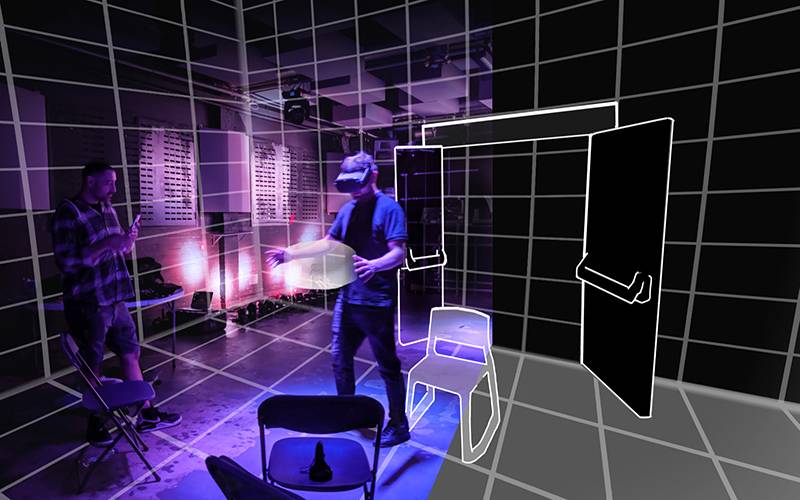Qianhua Fu

Being able to ‘see’ sound enables us to make better decisions as designers. The history of acoustic representation is only 100 years old, and we are still starting to understand the dynamics of the propagation of energy wavefronts that make up the sounds that reach our ears.
The methodology of the project is in two parts: firstly, an architectural model is developed with materials and spatiality considered. This is analysed with specialist acoustic tools and raytracing analysis. The output of this process is than represented in a virtual environment, with the propagation of sound being shown spatially over a scaled-down timeframe. This process is finally demonstrated with a reconstruction of Le Corbusier and Iannis Xennakis’ Philips Pavilion. Commissioned for the Expo ’58 in Brussels, it has been a touchstone of the manifestation of sound and architecture. This is a contradiction, as the interior was heavily acoustically insulated.
This project and its processes reveal what the sound of the pavilion was without the insulation, a marriage of form and sound.
Image: AAR: Augmented Acoustic Realities, Qianhua Fu
 Close
Close

